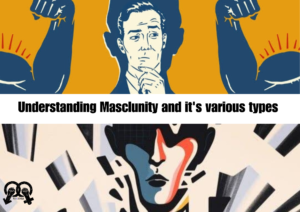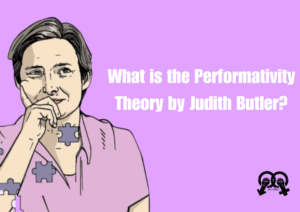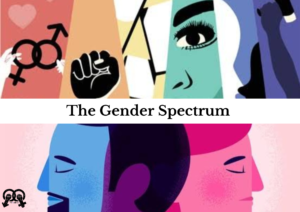You can’t just represent women’s issues by only putting women out there, I think you need to change the palette by putting new men out there as well

One of the trends observed in modern contemporary Hindi cinema has been that of making women-centric films. So, what are women-centric films exactly?
As much as I dislike using the label ‘women-centric films’ because I feel it is indicative of the notion that whenever there has to be a representation of womanhood it has to be done under yet another binding label, I also feel it helps bring to light the conversations around women and representation by politicising it.
These movies are inclusive of stories which celebrate womanhood in all parallels, be it of the woman who adorns masculine traits to lead the story as seen in the two-part Mardaani series starring Rani Mukherjee. Now, this masculine portrayal can also be problematic as it directly favours what patriarchy has to say about the binaries, which is that ultimately it is the masculine traits that are directly proportional to having strength. It also points to the fact that women constantly need to behave like men to be perceived as strong.
We have Vidya Bagchi played beautifully by Vidya Balan in Kahaani – who uses her typically feminine traits to her advantage in such a way that it challenges the archetypes there are about a pregnant woman.
Piku starring Deepika Padukone is a story which makes us look at the devoted daughter stereotype through a feminist lens. English Vinglish directed by Gauri Shinde, is a fresh outlook on the portrayal of what an Indian housewife looks like and is capable of. One of my recent favourites has to be Gangubai Kathiawadi, of course, it was a biopic, but it urged its audience to engage in conversation about women who are involved in sex work and the hardships that surround such a profession.

Akhtar, for her film Dil Dhadakne Do (2015) while commenting on the character Sunny Gill, played by Farhan Akhtar, stated “You can’t just represent women’s issues by only putting women out there I think you need to change the palette by putting new men out there as well”. This thought is so important because we tend to forget that even though women may be on the receiving end of the majority of the trauma patriarchy has to offer, it is part of the society as a whole, a society inclusive of men also, hence addressing any issues related to it should be on the shoulders of all stakeholders involved and not only on one half of the population.
More examples of such portrayals of feminist male figures can be seen in films like Bareilly Ki Barfi (2017) written and directed by Ashwiny Iyer Tiwari, and Piku written by Juhi Chaturvedi, both of these comprise such endearingly novel depictions of men who are feminist figures in the lives of their daughters.
Part of this feminist discourse surrounding cinema also includes the phenomenon of ‘men written by women‘ across cultures. Contemporary Hindi cinema has also seen this phenomenon, it basically means how when women are in positions of authority in directing and scriptwriting, they write their men in such nuanced manners; men who are gentle, not afraid to embrace a feminine side within them, empathetic and sensitive – traits which are rarely observed in male characters, which leads to some starkly memorable feminist men being showcased.
I feel the purpose behind seeking representation is only fulfilled if it translates into inclusion and the creation of more opportunities for women in spaces behind the lens too. According to the recent publication by Ormax Media in collaboration with Film Companion and Prime Video titled ‘O Womaniya’ (2022) it was showcased how despite these waves of new cinema gushing in, there are very few women who acquire positions of power. Some of the statistics show that only 10% of HOD positions are occupied by women, a mere 3% of women are involved in technical jobs like cinematography and production design. It was also observed that only 8% of female HODs were appointed when the commission in charge was male and 17% more women were hired when the people in charge were females, hence more women in positions of authority are directly proportional to the creation of a greater number of opportunities for them.
Apart from including more women in workspaces, there also has to be a recognition of the creative endeavours produced by women on larger platforms across cultures because why should this change only be limited to Hindi cinema. A small step in that direction can be elucidated through the most recent win of Indian cinema at the 95th Academy Awards, we saw a historic win of two women Kartiki Gonsalves and Guneet Monga, coming from an Indian production. Hence, we can say that the trend of women-centric films in cinema is bringing about a revolution.
References
Gayatri is a twenty-one-year-old passionate musician. She loves the winter, coffee & the moon. Other than this she also likes to travel and create videos for her youtube channel. She’s currently pursuing Gender Studies at Ambedkar University, Delhi and through her writings at Mandonna she aims to contribute to promoting more conversation around gender.

Gayatri Gupta




